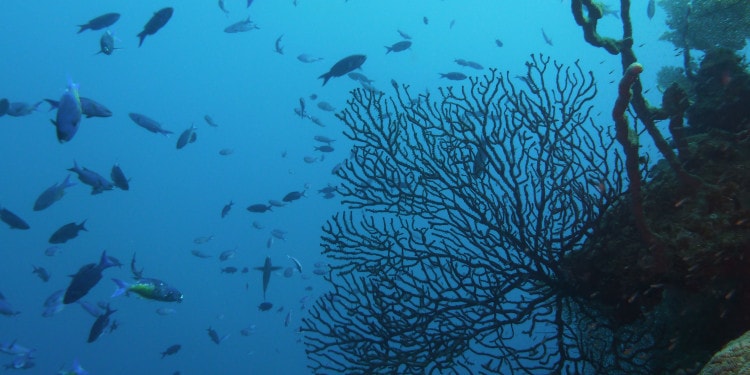Could the decline of tropical corals affect food and job security? Coral reefs are beautiful, granted – but could the disappearance of the Critically Endangered Elkhorn coral endemic to the Caribbean have implications that go beyond the aesthetic? In fact, science tells us that this particular species is one of the key reef-building corals, on which the continued survival of coral reefs depends — and with it a host of reef-dependent marine life, including fish that islanders rely on for food and livelihoods. We humans are intimately connected with the oceans, and each part of the intricate web of marine life that sustains us is of unique importance. Leaving that web as intact as possible is the only way of ensuring we develop sustainably.
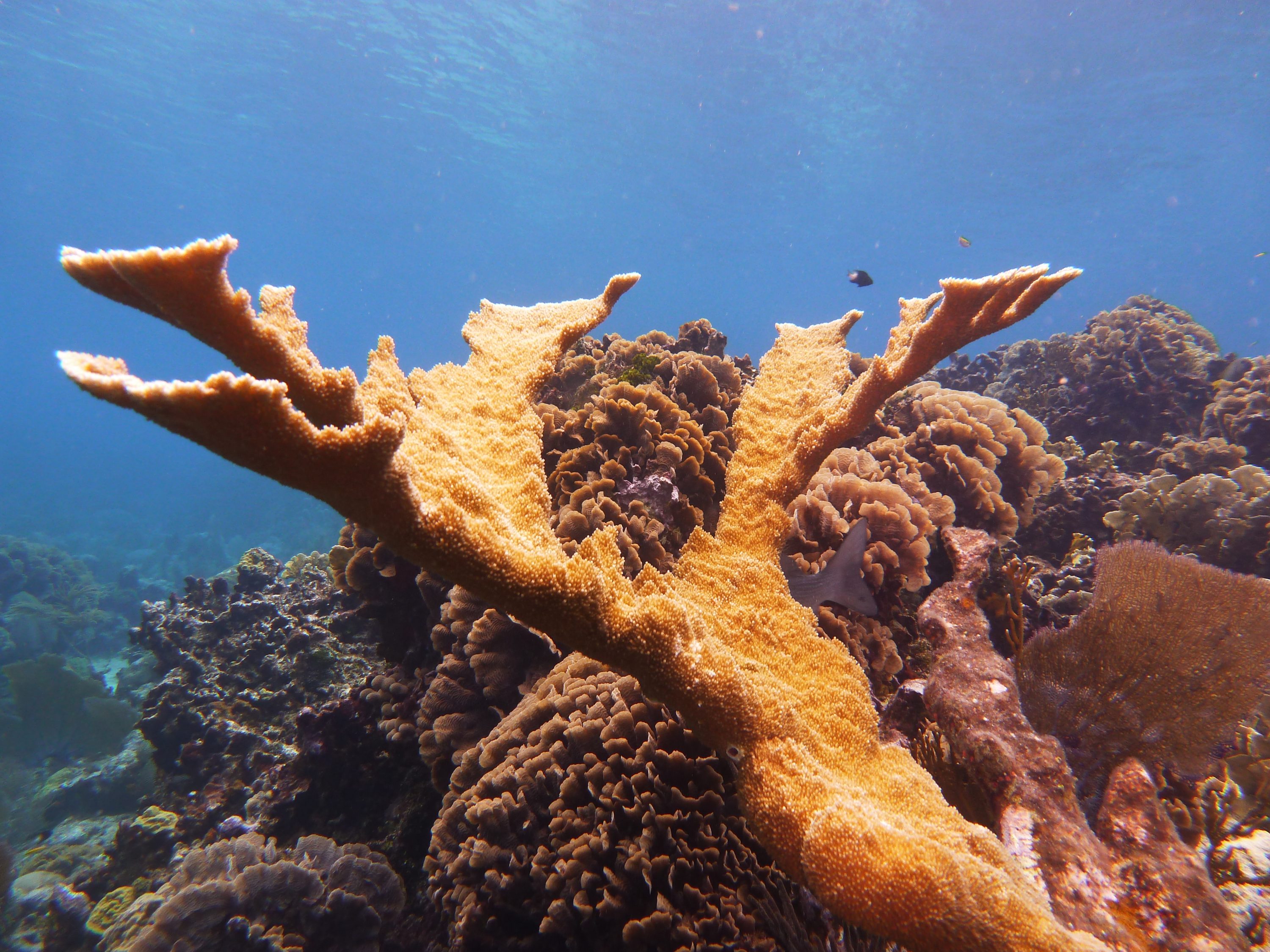
The oceans are at the heart of the UN’s 2030 Sustainable Development Agenda — a set of 17 Sustainable Development Goals (SDGs) that aim to define what we mean by “developing sustainably.” With global momentum towards “conserving and sustainably using the oceans, seas and marine resources” (SDG14) in full swing last week’s UN Ocean Conference, the world is becoming increasingly aware of how the oceans underpin sustainable development as a whole — and is acting on this knowledge with a new urgency. Apart from their beauty and the sense of wonder they inspire, the oceans give us food, enhance our economic prosperity and our health, and shield us from the worst effects of climate change.
Healthy Oceans for Sustainable Development
As people living in coastal communities around the world will testify, we need healthy oceans to sustain global food supplies in the years to come and move towards the “zero hunger” mark (SDG 2). The oceans feed us and help ensure nutritious diets that include sufficient protein, especially in developing countries. Fish provide around 17% of the global population’s intake of protein, and up to 70% in some coastal and island countries.
We humans are intimately connected with the oceans, and each part of the intricate web of marine life that sustains us is of unique importance.
Sustainably using the oceans can also help alleviate poverty, with coastal and island communities most reliant on healthy oceans for livelihoods and household incomes. More sustainable fishing will not only ensure there are fish left in the sea in the years to come — but it will also boost incomes in poorer countries. Fishing less but more sustainably could generate an extra $83 billion each year for the fisheries sector, according to a recent World Bank Group report.

As climate change escalates, the oceans act as a buffer against the worst impacts. Oceans have absorbed 93% of human-induced warming since the 1970s, and 30% of the anthropogenic emissions of carbon dioxide. Intact coastal ecosystems such as mangroves can absorb and store three to five times more carbon on an area basis than tropical rainforests and protect us from the extreme weather, flooding and other disasters that are likely to increase under a changing climate. Healthy oceans also “ensure healthy lives” (SDG 3) and contact with the oceans can have a healing effect.
Oceans Under Attack
We tend to take the food, jobs and other benefits the oceans provide us with for granted. But overfishing, climate change, plastic pollution and the destruction of marine habitats are all taking their toll on the oceans’ capacity to enhance our food security, prosperity, health and wellbeing.
We cannot expect fish stocks to withstand business as usual. Recent IUCN Red List reports reveal an alarming picture of the state of marine biodiversity, with a growing number of fish species facing extinction across the developing world, including in the Caribbean, Pacific islands and the western and central coast of Africa.
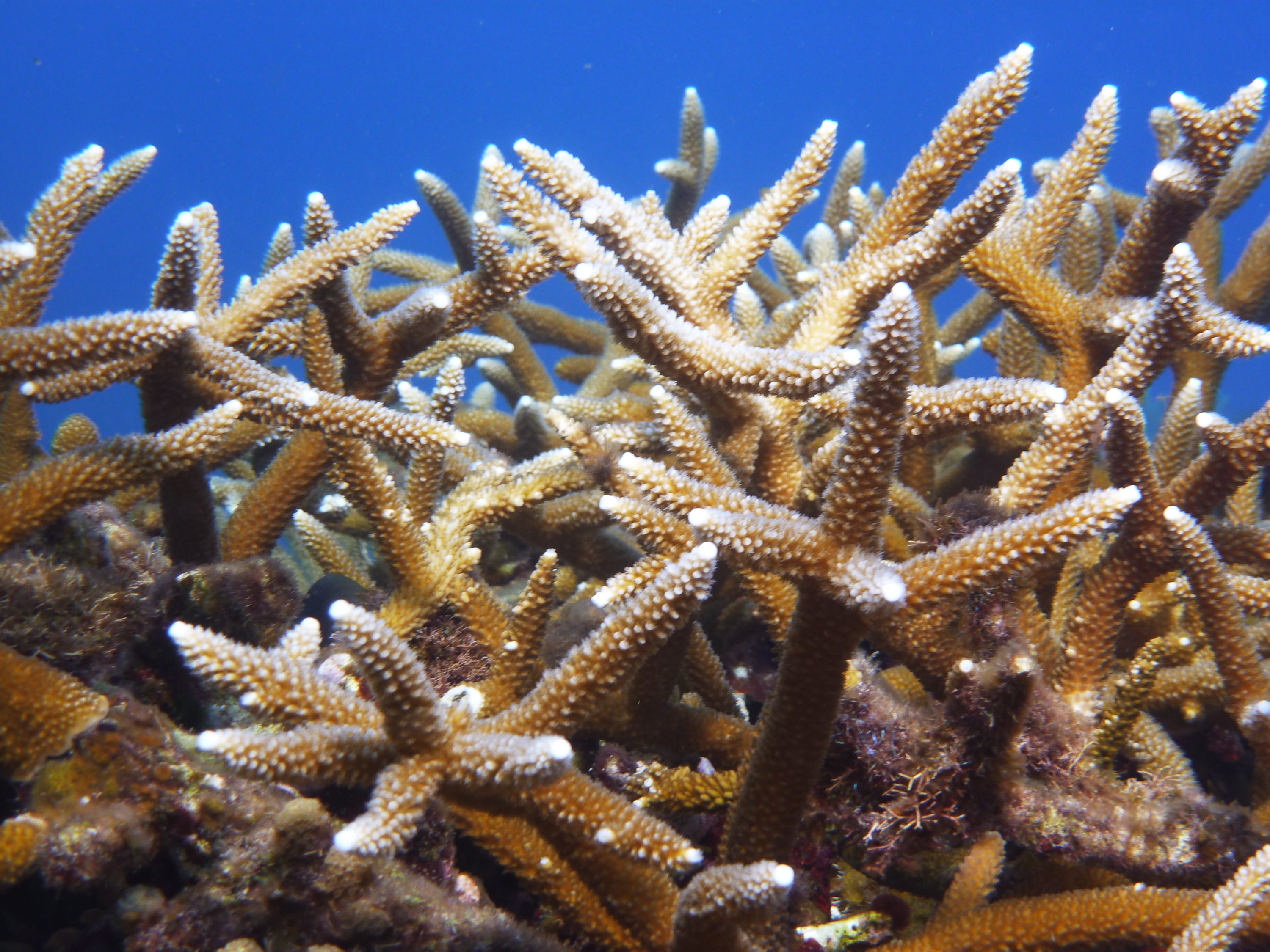
Fish that are important food sources are in decline, from the Madeiran sardine (Sardinella maderensis) to the red snapper (Lutjanus campechanus), both classed as Vulnerable on the IUCN Red List of Threatened Species. Globally, around 30% of fish stocks are overexploited. The destruction of habitats — including coral reefs — is compounding the threats to fish species. For example, a third of coral species in the Pacific islands of Oceania are under threat. Together with pressures from unsustainable fishing, the degradation of coral reefs, mangrove and seagrass habitats in the region have led to the decline of four species of grouper which are now listed as Vulnerable, according to a recent IUCN Red List report. In the Caribbean, the disappearance of key reef-building species like the Elkhorn and Staghorn coral — both Critically Endangered, one step away from extinction — could spell disaster for whole reef ecosystems, which provide habitats and feeding grounds for many fish species that local communities rely on for food.
Related Article: SDG 14: Growing Blue Oceans
Ocean warming is already affecting marine ecosystems from polar to tropical regions, from plankton to marine mammals, and, increasingly, us humans too. By damaging fish habitats and causing fish species to move to cooler waters, warming oceans are affecting fish stocks in some areas and are expected to lead to reduced catches in tropical regions. As fish distributions shift under a high “business as usual” scenario, marine fishery harvests are expected to fall by between 10% and 30% by 2050 relative to 1970-2000, according to a recent IUCN review of ocean warming science. Ocean warming has also led to the decline of some fish species by killing parts of the coral reefs they depend on, as has happened for example in East Africa and the Western Indian Ocean. Warming waters also enable pathogens to spread more easily — including cholera-bearing bacteria and algal blooms that cause neurological diseases like ciguatera.
And as if that wasn’t enough, we have eight million tonnes of plastic entering the oceans each year.
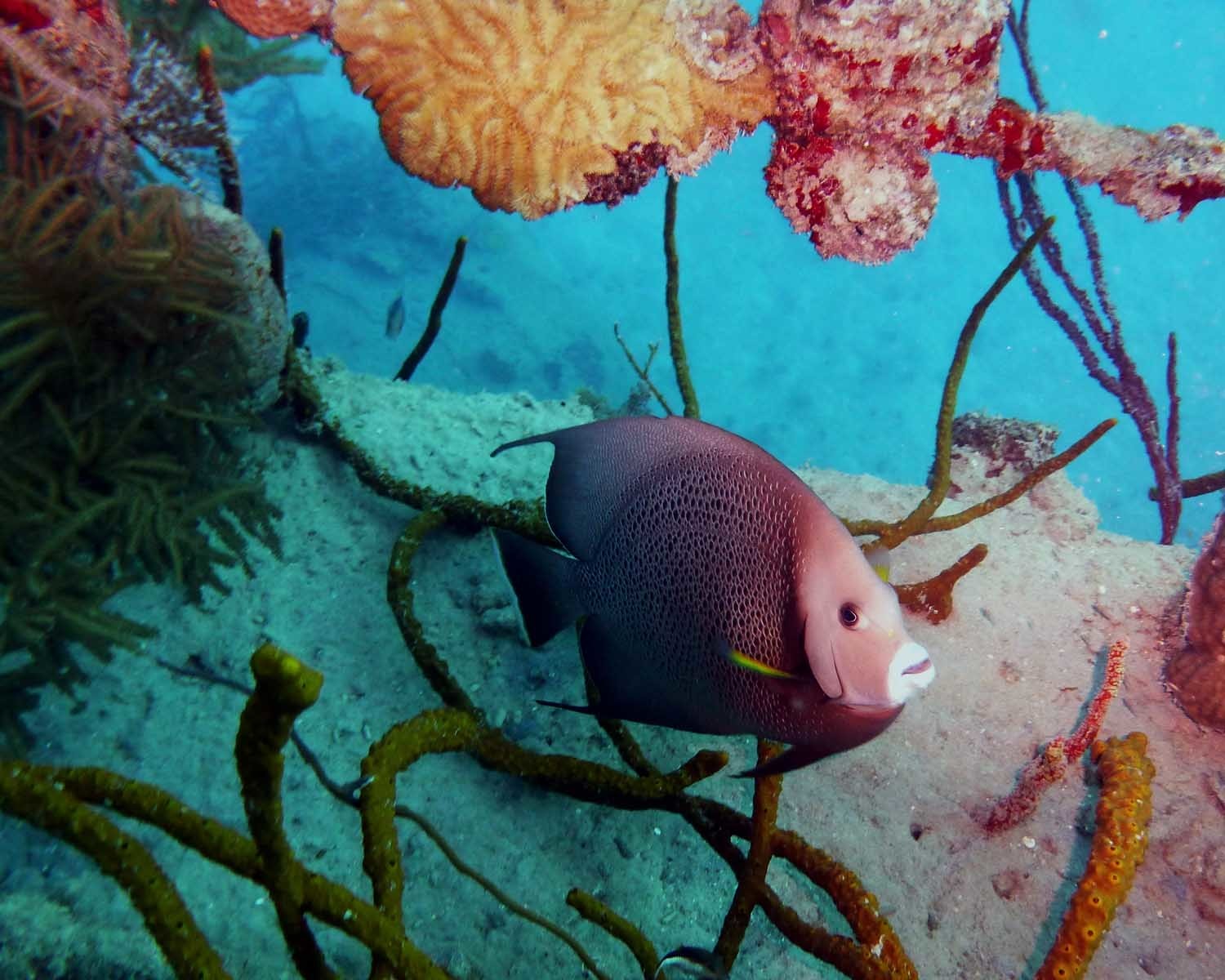
As well as harming wildlife directly, the “plastic soup” of tiny particles increasingly pervading our oceans is thought to accumulate in the food web. This means that when we consume fish and seafood we are also consuming chemicals used in the production of plastic materials, which are known to be carcinogenic and to interfere with the human endocrine system.
Blue Solutions
Fortunately, solutions exist — and scientific data and analysis can guide us towards a more sustainable use of the oceans, informing the collective action that is now so urgently needed.
Addressing ocean warming, ocean acidification and deoxygenating is perhaps the most difficult of the challenges we face. Cutting greenhouse gas emissions rapidly is the only solution — and the Paris Climate Change Agreement sets the path to that goal. Despite the recent decision of the US government to withdraw, the rest of the world still stands behind the Accord, including US states, cities and private businesses.
Rapid implementation [of the Paris Agreement] is now key.
Scientific data and analysis are crucial in addressing climate change and other threats to the oceans. IUCN’s work on nature-based solutions has shown that better coastal and marine management can contribute to climate change mitigation and adaptation. Science can also help us identify and conserve ‘hotspots’ of threatened species in the oceans, and protect spawning sites for species of key socioeconomic importance, for example. By helping implement “science-based management plans,” IUCN’s science brings us closer to SDG target 14.4 — “restoring fish stocks in the shortest time feasible.” Scientific data can also help us protect migratory species like the Vulnerable bigeye tuna (Thunnus obesus) which need large marine protected areas for effective conservation. We know that well-managed and targeted Marine Protected Areas can be very effective at conserving ocean biodiversity, and this is why IUCN calls on the international community to increase marine protection targets to 30%, instead of the current 10% of the oceans’ surface. This will help the world advance towards “sustainably managing and protecting marine and coastal ecosystems” for healthy and productive oceans (SDG target 14.2).
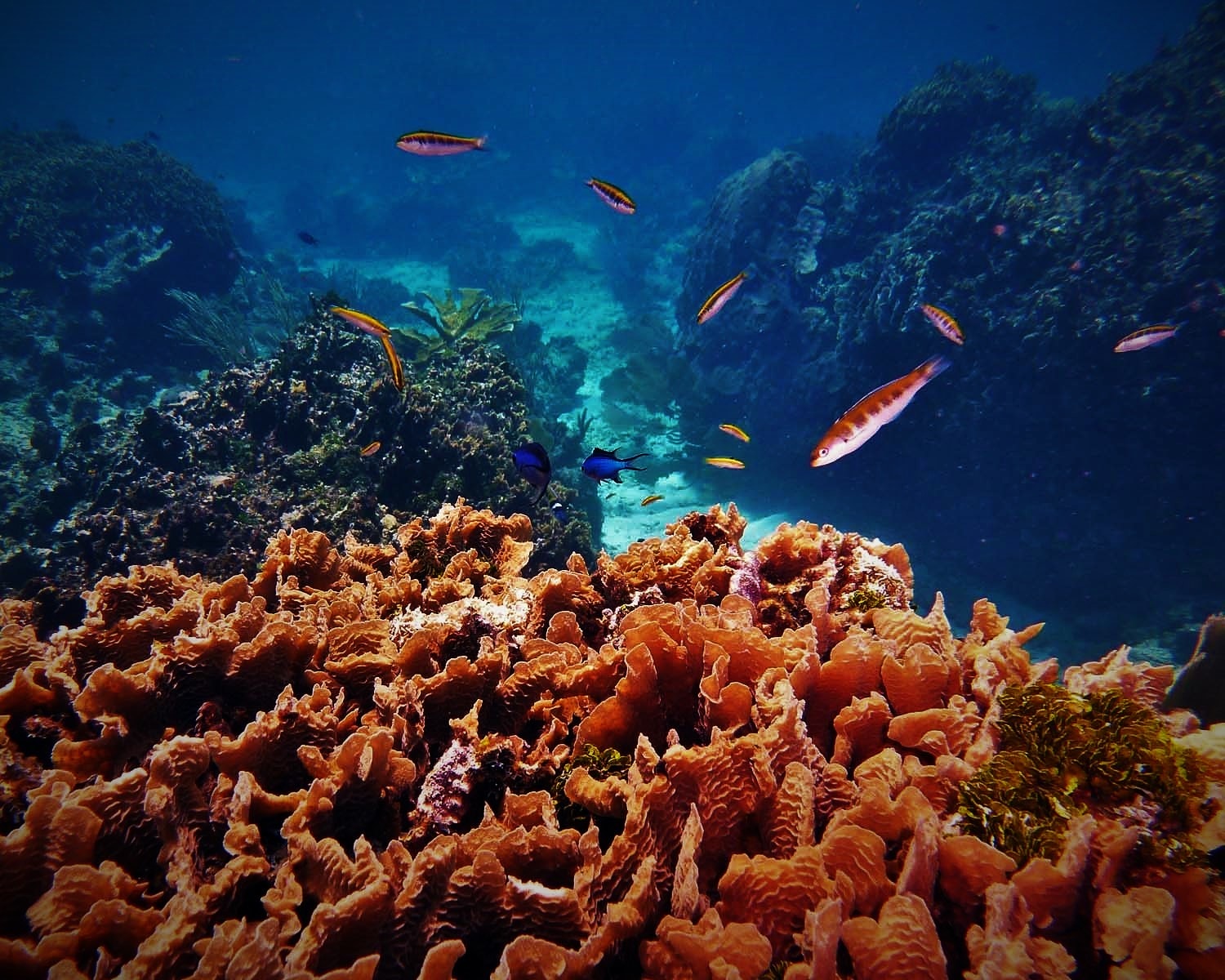
Around half of the fish used for human food comes from aquaculture — but aquaculture also relies on the oceans for the production of fish feed, mostly from small wild species such as anchovies. These species play critical roles in marine ecosystems as food for sharks, whales and seabirds. Around 15 million tonnes of wild fish are currently caught each year to produce fish meal, with up to 70% of this used in aquaculture. IUCN recently worked with actors from the fish farming sector to identify sustainable alternatives to marine-sourced fish feed ingredients, such as soya, algae or even insects. A more “vegetarian” diet for farmed fish could help countries, especially small island developing states, manage aquaculture more sustainably (SDG target 14.7).
To close the plastic tap, we need to know where ocean plastics are originating. It now appears that, together with plastic waste, everyday products like car tyres and synthetic clothes could contribute significant amounts of marine plastic pollution, according to recent IUCN research. This is valuable information that will help us work with governments and industry to address the problem of ocean plastics (target 14.1).
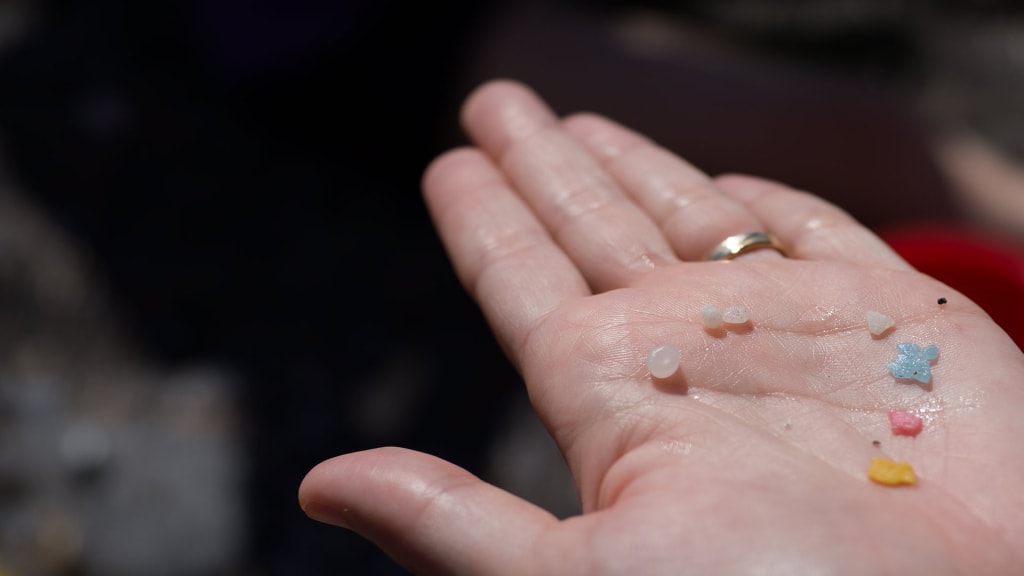
Two-thirds of the world’s oceans lie in areas beyond national jurisdiction — the high seas and the deep seabed. These areas are covered by fragmented legal frameworks, leaving marine ecosystems and species in those areas vulnerable to threats such as overfishing and making it more difficult to establish protected areas. Negotiations are underway to address these legal gaps, and IUCN has been calling for a rapid finalization of an international legally-binding agreement under the UN Convention on the Law of the Sea (UNCLOS) for the conservation and sustainable use of marine biological diversity in areas beyond national jurisdiction (in line with SDG target 14.C).
As the Ocean Conference concluded with a global agreement to restore ocean health and over 1,300 pledges, it was apparent that the world is now ready to act. The Swedish government, for example, committed to financially supporting important work on sustainable management of marine and coastal ecosystems (SDG target 14.2), ocean acidification (14.3), and conserving coastal and marine areas, aiming to conserve 10% by 2020 (14.5). Overall, IUCN was involved in supporting 28 of the commitments made at the conference, on marine protected areas, plastic pollution, and coastal blue carbon among others.
Recommended Reading: “SMALL-SCALE FISHERIES: SUSTAINABLE COASTAL DEVELOPMENT’S URGENT (AND UNKNOWN) FRONTIER“
The Ocean Conference proved that the global community is committed to collective action to safeguard the global ocean. And this is what is needed, given the multitude of ways in which we depend on the expanse of blue covering 70% of our planet. Armed with solid scientific data and analysis we can come together to tackle climate change, fish more sustainably, implement well-managed marine protected areas, and work with concerned sectors like aquaculture and the plastics industry to continue reducing our impacts on the oceans. This is the only way we can hope to conserve species like the Critically Endangered Elkhorn coral, and with them the rich web of “life below water” that the oceans harbour. With a fast-growing global population, we just cannot afford to undermine the oceans’ capacity to sustain us any further. We must act now – “conserving and sustainably using the oceans” is a goal that is within our reach.
** **

IUCN is a membership Union composed of both government and civil society organisations. It harnesses the experience, resources and reach of its 1,300 Member organisations and the input of some 15,000 experts. IUCN is the global authority on the status of the natural world and the measures needed to safeguard it.
Editor’s Note: The opinions expressed here by the authors are their own, not those of Impakter.com — In the Cover Photo: Schooling wrasses near a reef drop-off Roatán, Honduras. Cover Photo Credit: IUCN/Noel Wingers.


